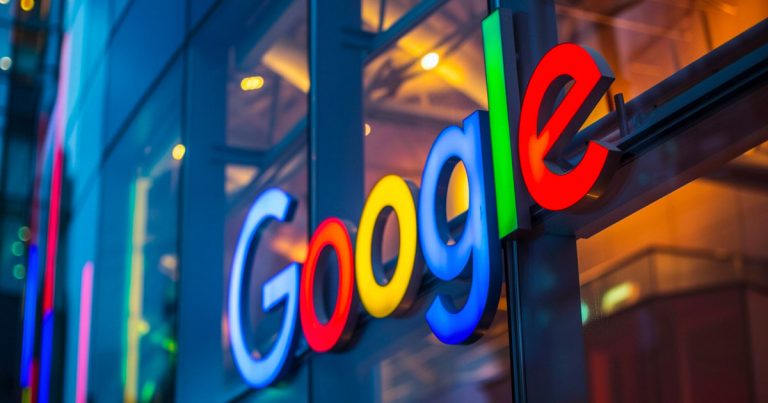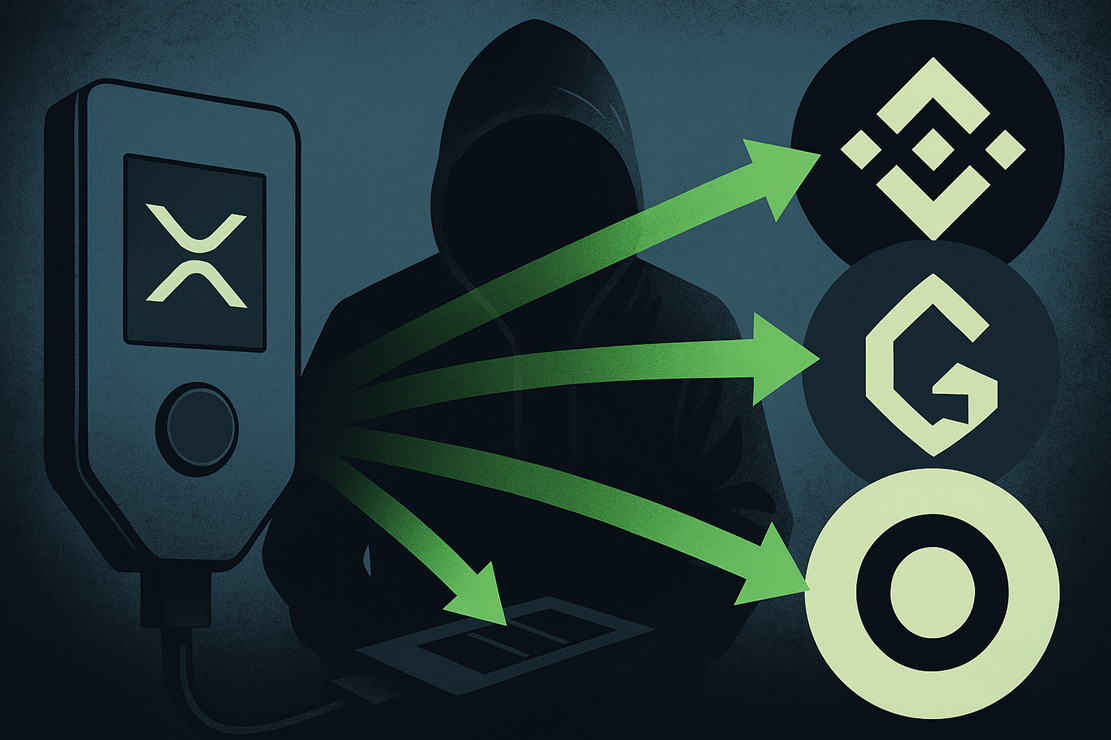Google’s New Developer Verification Sparks Fears of Centralized Control and Censorship on Android


As Google pushes ahead with its new “Android Developer Verifier,” the company insists that sideloading — one of Android’s most cherished freedoms — is not going away. But with every new disclosure, that assurance feels increasingly hollow.
According to Ars Tecnica, the upcoming Android 16 release will introduce a verification system that critics say could consolidate Google’s control over app distribution, tighten its grip on developers, and threaten the open nature of Android itself.
At the center of the change is a new system requirement: every app installed outside Google Play must now have a registered package name and signing key verified through Google’s servers. The process, which relies on a cloud-based database rather than local verification, effectively makes internet access mandatory for many sideloaded installations. While Google promises a limited offline cache for the most common apps, less popular or niche applications will require a connection — a move that some developers warn could “break” open-source storefronts like F-Droid that thrive on independence from Google’s ecosystem.
Register for Tekedia Mini-MBA edition 18 (Sep 15 – Dec 6, 2025): registration continues.
Tekedia AI in Business Masterclass opens registrations.
Join Tekedia Capital Syndicate and co-invest in great global startups.
Register for Tekedia AI Lab: From Technical Design to Deployment.
Google insists that this is about security. The company says the verification process is designed to prevent malware and “apps with a high degree of harm,” not to police content or enforce Play Store-style rules. Still, the implications go beyond cybersecurity. The new system requires that all apps distributed outside Play — including those from alternative app stores — be verified by Google, a process that will cost developers a $25 fee. That’s the same as the Play registration charge, and Google says it covers administrative expenses. But to independent developers, it represents something else: a paywall to openness.
Even hobbyists and students, who can register through a free “lite” tier, face restrictions. Google has not clarified how many installations will be permitted under this limited-access tier, but the company’s guidance “strongly encourages” developers to opt for the paid, full verification, raising concerns that the free option could quickly become impractical.
Security or Strategy?
While Google frames the change as a necessary evolution of Android security, many in the developer community see it as an attempt to reassert dominance at a time when its control over app distribution faces legal and market challenges. The company recently lost a major antitrust case in the United States, where courts found it had acted illegally to maintain a monopoly in the Play Store. Regulators accused Google of intentionally limiting the visibility and viability of rival app stores and sideloading options.

Now, just as the fallout from that ruling threatens to empower alternative platforms, Google is implementing a verification process that places sideloading — once a symbol of Android’s openness — squarely back under its supervision. Developers and digital rights advocates argue that it’s a preemptive move designed to “secure” Google’s place as Android’s gatekeeper.
A Question of Trust
Developers are also worried about what happens to the data Google collects. Under the new system, every verified developer must provide personal information to Google. While this information won’t be made public, it will exist in Google’s internal databases — and could be accessed by governments or law enforcement through subpoenas.
This concern isn’t abstract. The U.S. government under President Donald Trump has already pressured app platforms to remove applications deemed subversive or politically problematic. One example was ICEBlock, an app that helped users track immigration enforcement activities before it was pulled from Apple’s App Store. Critics fear that under Google’s centralized verification system, the same could easily happen on Android, with developers’ identities fully exposed and their apps blocked remotely.

Cloud Reliance and Market Consequences
There’s also a technical shift at play. Unlike traditional sideloading, which allowed users to install apps directly via APKs, the new model ties installations to Google’s cloud infrastructure. This dependency not only makes the process slower and more restrictive but could also disadvantage alternative app stores, particularly in regions with poor connectivity or censorship concerns.
Some analysts warn that these changes could reshape the global mobile software market in ways reminiscent of Apple’s tightly controlled iOS ecosystem. With the Android Developer Verifier, Google may be closing the gap between Android’s open-source promise and Apple’s walled garden — just from the opposite direction.
It is believed that the tech giant is effectively rewriting the Android social contract, making what was once a platform of user choice a managed ecosystem.
The timing of Google’s move has also stirred concern. Since 2020, the company has faced growing antitrust scrutiny in the U.S. and Europe over Play Store fees and app restrictions. The Epic Games lawsuit, along with state-led antitrust suits, exposed internal communications showing Google’s efforts to discourage developers from bypassing its payment systems. These revelations painted a picture of a company deeply concerned about losing its lucrative app revenue streams — a fear that critics believe is driving the new verification policy.
Developers have not forgotten how Google used similar “security” justifications in the past to limit features or kill third-party tools, including ad-blockers and alternative app launchers. Recent Chrome security updates, for example, made it harder to run extensions that block ads — coincidentally boosting Google’s advertising reach.
Where Does it Go From Here?
As Android 16 nears release, the industry finds itself at a crossroads. On paper, Google’s verification program promises a safer Android experience. In practice, it risks entrenching Google’s dominance over how users install software and who can develop it.
If history is any guide, once the company gains new layers of control, it rarely gives them up. Developers are bracing for a future where every installation, every verification, and every developer identity runs through a Google checkpoint.
That future — where sideloading still technically exists but is no longer truly free — could reshape not just Android, but the entire mobile software industry.




